Template for letter requesting donations
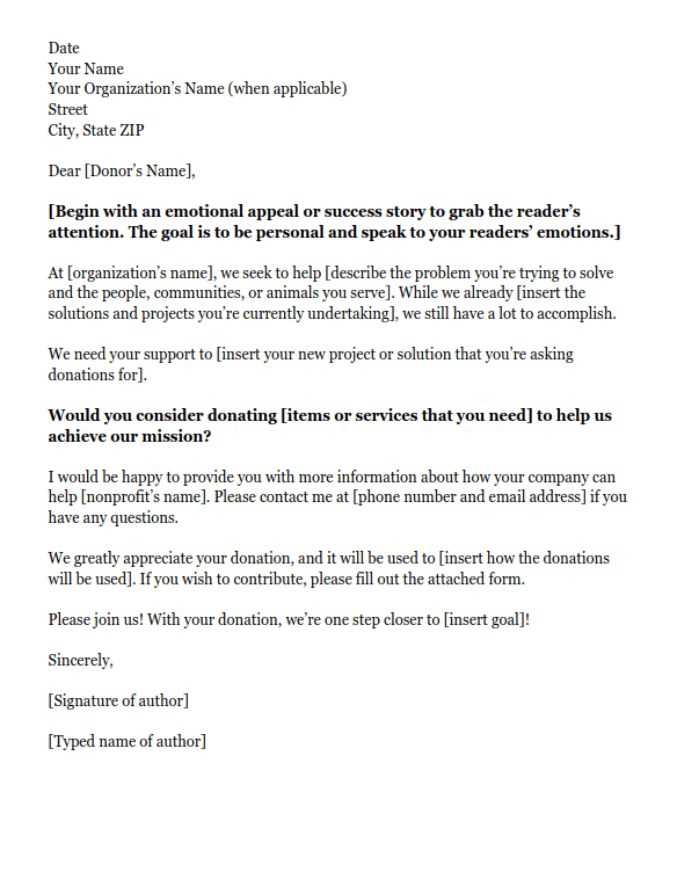
Creating a donation request letter requires clarity and focus. Start with a concise introduction, directly stating the purpose of the letter. Let the reader know how their contribution will make a difference. This clear approach invites a positive response without overwhelming them with unnecessary details.
Address the reader respectfully and personalize the request. Be transparent about what you need, whether it’s funding for a project, event, or general support for a cause. Make sure to explain the specific impact of their potential donation, emphasizing how it will be used effectively.
Conclude by expressing gratitude for their time and consideration. Make it easy for them to take the next step by providing contact details or a link to donate directly. A strong, polite closing leaves the door open for further communication and encourages action.
Creating a Clear Subject Line for Your Request
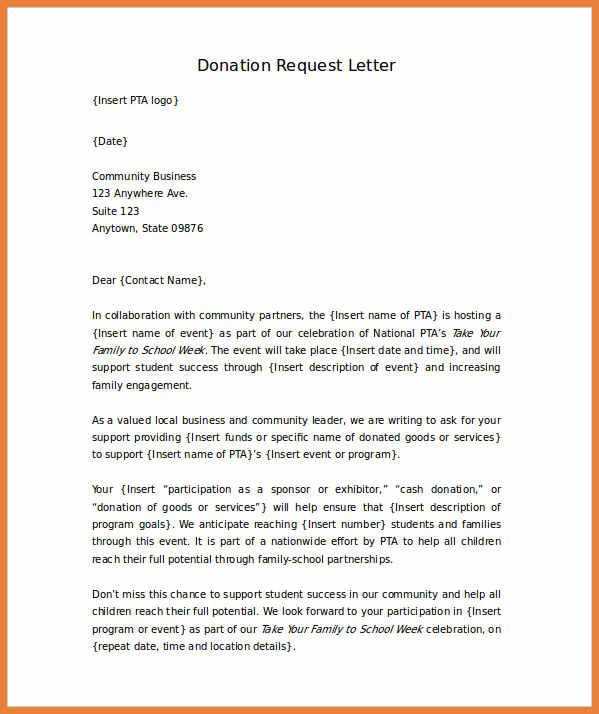
Be direct and concise. The subject line should clearly reflect the purpose of your email. Avoid vague phrases and focus on what you need from the recipient. For example, instead of saying “A request from us”, use “Help us support [cause] with your donation”.
Make it relevant. Tailor the subject line to the specific audience you are addressing. If you’re writing to previous donors, mention their past contributions or the impact of their support. For example: “Your support made a difference last year–can we count on you again?”
Use action-oriented language. Make the subject line action-driven to encourage immediate attention. Phrases like “Join us”, “Support now”, or “Make a difference today” prompt readers to engage with your request without hesitation.
Be specific about the need. Specify the amount or type of donation needed when possible. A subject like “Donate $50 to provide meals for 100 children” gives clarity and urgency.
Keep it short. A subject line that’s too long might get cut off, especially on mobile devices. Aim for under 60 characters to ensure it’s fully visible.
Opening the Letter with a Personal Touch
Begin with a greeting that reflects your relationship with the recipient. Address them by name to establish an immediate connection. Mention something specific that relates to them or their past involvement with your cause. This shows that you’ve taken the time to personalize your approach, rather than sending a generic request.
Be Warm and Genuine
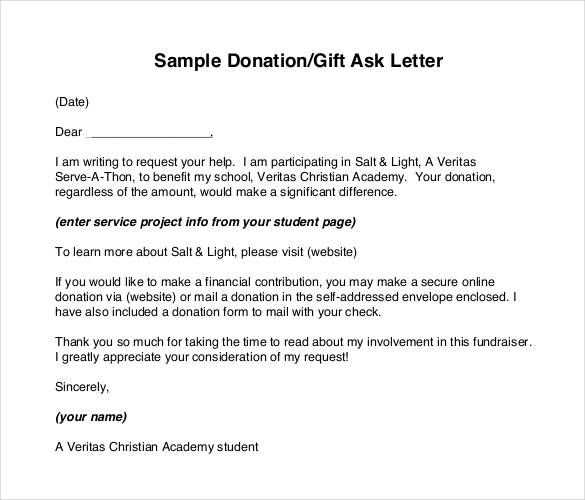
Avoid overly formal or distant language. Instead, write as if you’re having a direct conversation with the recipient. Show appreciation for their past support or express excitement about reconnecting with them. A sincere tone helps to foster trust and creates a positive foundation for the rest of the letter.
Highlight Shared Values or Goals
Connect with the recipient on a deeper level by aligning your mission with their values. If they’ve supported your cause before, remind them of the impact their past contributions have had. This reinforces the idea that their involvement matters and can make a real difference.
Explaining the Purpose of the Donation
Clearly state how the funds will be used. Focus on the direct impact the donation will have, such as supporting specific programs, covering operating costs, or providing critical resources. This transparency helps potential donors understand exactly where their money will go and the difference it will make.
Provide Concrete Examples
Use concrete examples to illustrate the effect of the donation. For instance, explain how a specific amount can provide meals for a certain number of people or fund educational materials for a set group. Tangible figures make the cause more relatable and measurable.
Highlight the Urgency
Convey why it’s important to contribute now. Whether it’s a seasonal campaign, a specific event, or an immediate need, showing the time-sensitive nature of the request can motivate potential donors to act quickly.
Making a Direct and Respectful Ask
Be clear about the amount you are requesting. Specify how the donation will be used and what impact it will have. Donors appreciate knowing exactly where their contribution is going. Instead of using vague language, state the need directly, such as: “A gift of $50 will provide a meal for five families in need.” This approach gives the donor a concrete understanding of how their money is helping.
Be Transparent About Your Goals
Transparency builds trust. Donors want to know how their funds are managed. Outline your organization’s objectives and the steps taken to ensure accountability. Share measurable outcomes to reassure potential donors that their support will have a meaningful impact.
Express Gratitude, Not Guilt
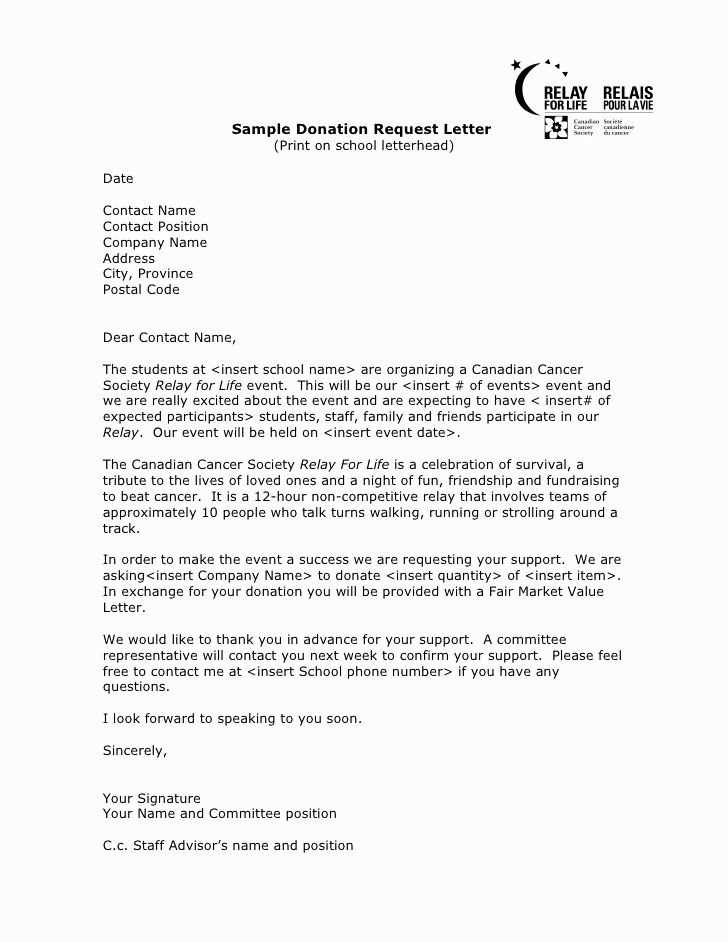
While making your request, express appreciation for their time and consideration. Avoid making the donor feel pressured or guilty. Acknowledge that donations are a choice, and that their support, no matter the size, will make a difference.
| Amount Requested | What It Will Provide |
|---|---|
| $50 | Meals for five families |
| $100 | School supplies for 10 children |
| $500 | Support for community programs |
Offering Recognition for Contributions
Provide clear and meaningful recognition for donations. Acknowledge donors publicly in newsletters, on your website, or in social media posts. This not only shows appreciation but also encourages others to contribute. A few personalized words can go a long way in making your donors feel valued.
Types of Recognition
- Thank you letters or cards with specific details about the donation’s impact.
- Public shoutouts on platforms where the donor is active, such as social media.
- Exclusive invitations to events or special meetings where you highlight their support.
Additional Ways to Honor Contributions
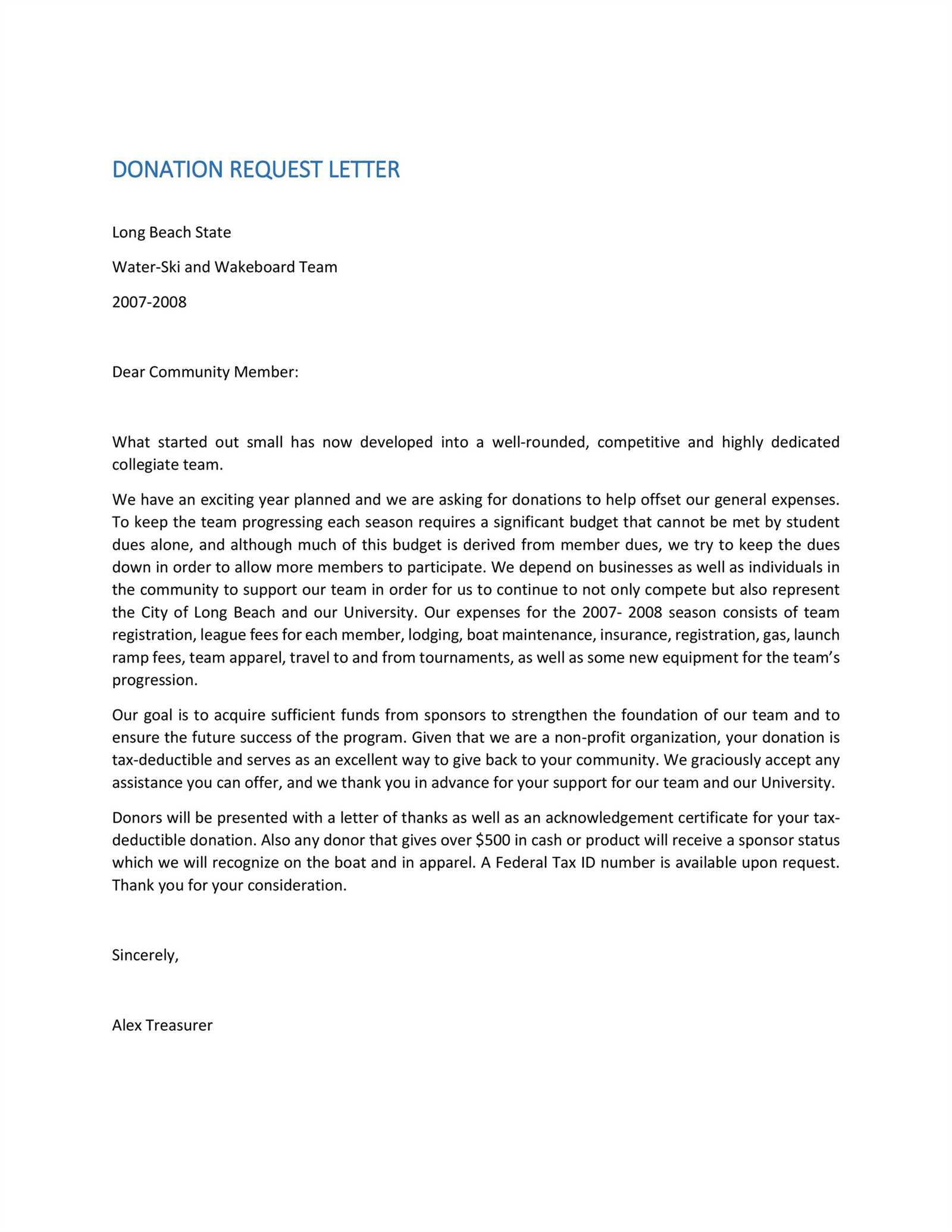
- Provide opportunities for donors to be involved in decision-making or offer feedback on your initiatives.
- Create donor-specific certificates or plaques to recognize significant contributions.
- Offer a donor spotlight on your website or in your annual reports.
Closing with a Call to Action and Gratitude
Encourage action by clearly stating how recipients can contribute. Make the donation process simple and direct, such as providing a link or contact details. For example, you could write: “Your support can make a difference. Click here to donate now and be part of the change we seek.”
Thank your reader for their consideration. Show appreciation for their time and potential support with a sincere statement, like: “We truly appreciate your willingness to consider our cause and help us make a meaningful impact.”
End on a positive and hopeful note, reinforcing the connection between the reader’s potential donation and the tangible outcomes it will create: “Together, we can bring about real change and support those in need.”